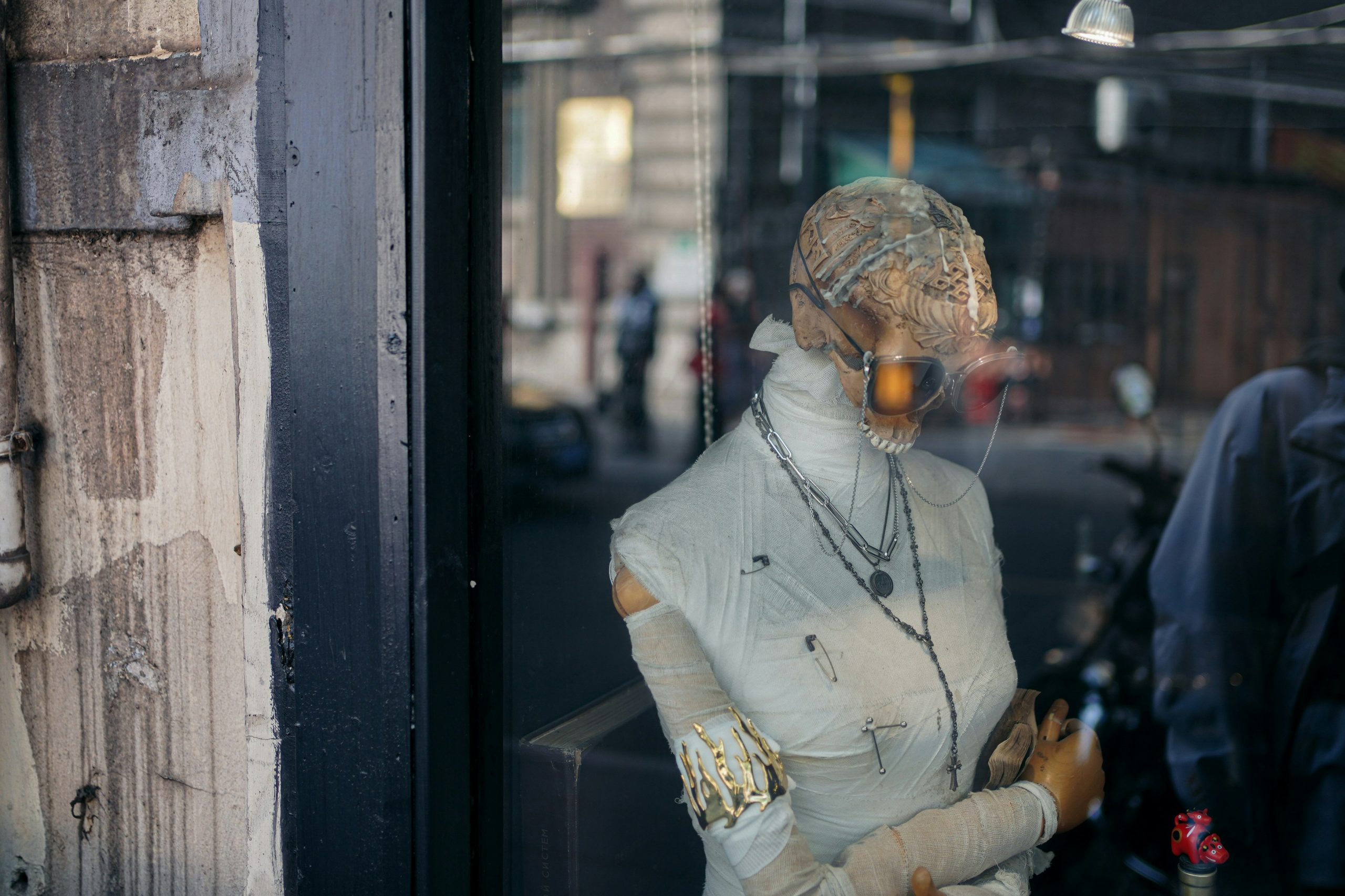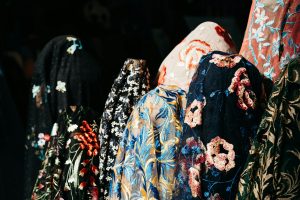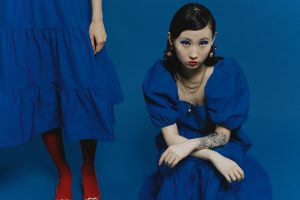How fashion designers are incorporating activism into their work
In recent years, the fashion industry has seen a significant shift towards incorporating activism into its work. From runway shows to fashion campaigns, fashion designers are using their platform to address important social and political issues. These designers are using their creative talents to spark conversations, raise awareness, and promote change. This merging of fashion and activism has not only brought attention to important issues, but it has also given a new meaning and purpose to the industry. In this article, we will delve into how fashion designers are incorporating activism into their work and the impact it has on the industry and society as a whole.
The Power of Fashion Activism
In a society where fashion is often seen as superficial and materialistic, many people underestimate its power to bring about change. But fashion has always been a reflection of society and culture, and in recent years, it has become an outlet for activism. Fashion designers have a unique platform to reach a wide audience and bring attention to important issues. By using their designs and collections to express their views and beliefs, they are not only making a statement but also using fashion as a means to start critical conversations.
Designs with a Message
One of the most visible ways in which fashion designers are incorporating activism into their work is through their designs. Many designers are using their collections to bring attention to issues such as gender equality, racial injustice, environmental sustainability, and more. For example, designer Prabal Gurung made a powerful statement during New York Fashion Week by featuring t-shirts with empowering messages like “The future is female” and “We will not be silenced” on his runway. This not only added a unique element to his collection but also showcased his strong stance on important social issues.
Fashion Campaigns with a Cause
Besides incorporating activism into their designs, fashion designers are also using their campaigns to promote social causes. Fashion labels like Dior, Nike, and Stella McCartney have all released campaigns that advocate for specific social and political issues. These campaigns not only create more visibility for the cause but also align the brand with a purpose and attract a socially conscious audience. For example, Stella McCartney collaborated with Greenpeace to launch a campaign to raise awareness about the environmental impact of the fashion industry. By using her label’s influence and reach, she was able to educate and engage a larger audience in the conversation about sustainability in fashion.
Collaborations with Non-Profit Organizations
In addition to using their designs and campaigns to promote activism, many fashion designers are also collaborating with non-profit organizations to raise funds and support causes they believe in. For example, designer Kenneth Cole has been a long-standing advocate for HIV/AIDS awareness and prevention. He has collaborated with amfAR, an organization dedicated to supporting AIDS research, to release limited edition t-shirts and other products with all proceeds going towards the cause. This not only generates awareness and funds for the cause but also showcases the collaboration between the fashion industry and non-profit organizations.
The Impact on the Fashion Industry
The integration of activism into fashion has had a significant impact on the industry. It has sparked important conversations, raised awareness, and encouraged a more socially conscious mindset. This shift has also caused a change in consumer behavior, with more people seeking out fashion brands that align with their values and have a purpose beyond just profit. This has led to an increase in demand for sustainable and ethical fashion, as consumers now value brands that are making a positive impact on society and the environment.
The Road Ahead
The incorporation of activism into fashion is not just a trend but a movement that is here to stay. With a new generation of consumers who are socially and environmentally aware, fashion designers have a responsibility to use their platform to create a positive impact. As consumers continue to demand more from the fashion industry, we can expect to see more designers incorporate activism into their work, making the industry a powerful vehicle for change.
In conclusion
The fusion of fashion and activism has given a new dimension to the industry. Fashion designers are not only creating beautiful designs but also using their platform to address important social and political issues. This powerful fusion is bringing about change and influencing consumer behavior, making the fashion industry more socially and environmentally conscious. As consumers, we have the power to support brands that align with our values and contribute to a better future through fashion. Ultimately, fashion and activism have proven to be a perfect match, creating a force that has the potential to make a positive difference in the world.










